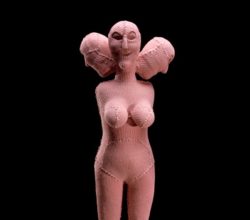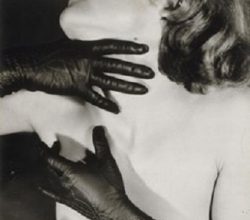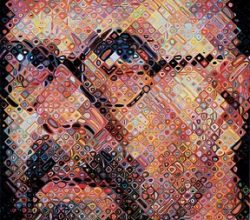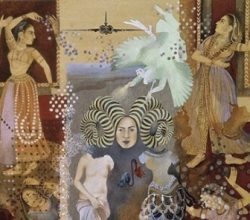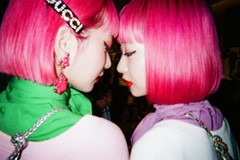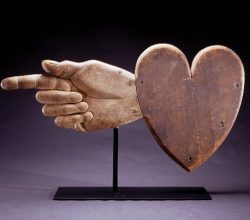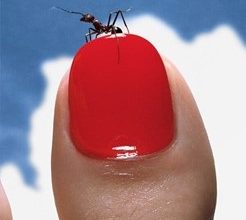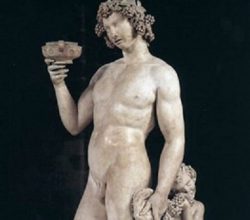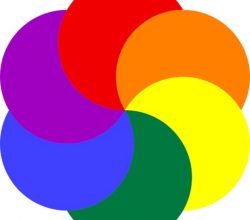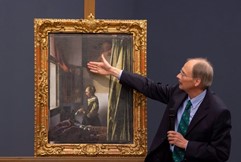
Johannes Vermeer painting restored to reveal portrait of Cupid in once-bare background
Jonathan Ore | CBS Radio | 28th August 2021
Three cheers for technology. Art historians have long puzzled about Vermeer’s intentions in his early work Girl Reading a Letter at an Open Window. A restoration has revealed a naked Cupid that was overpainted after Vermeer’s death. With the overpainting removed, it is clear that he intended the work to be about romance. And the paper in the girl’s hand? “It’s a love letter, of course”. An excellent video on the restoration process is here.


